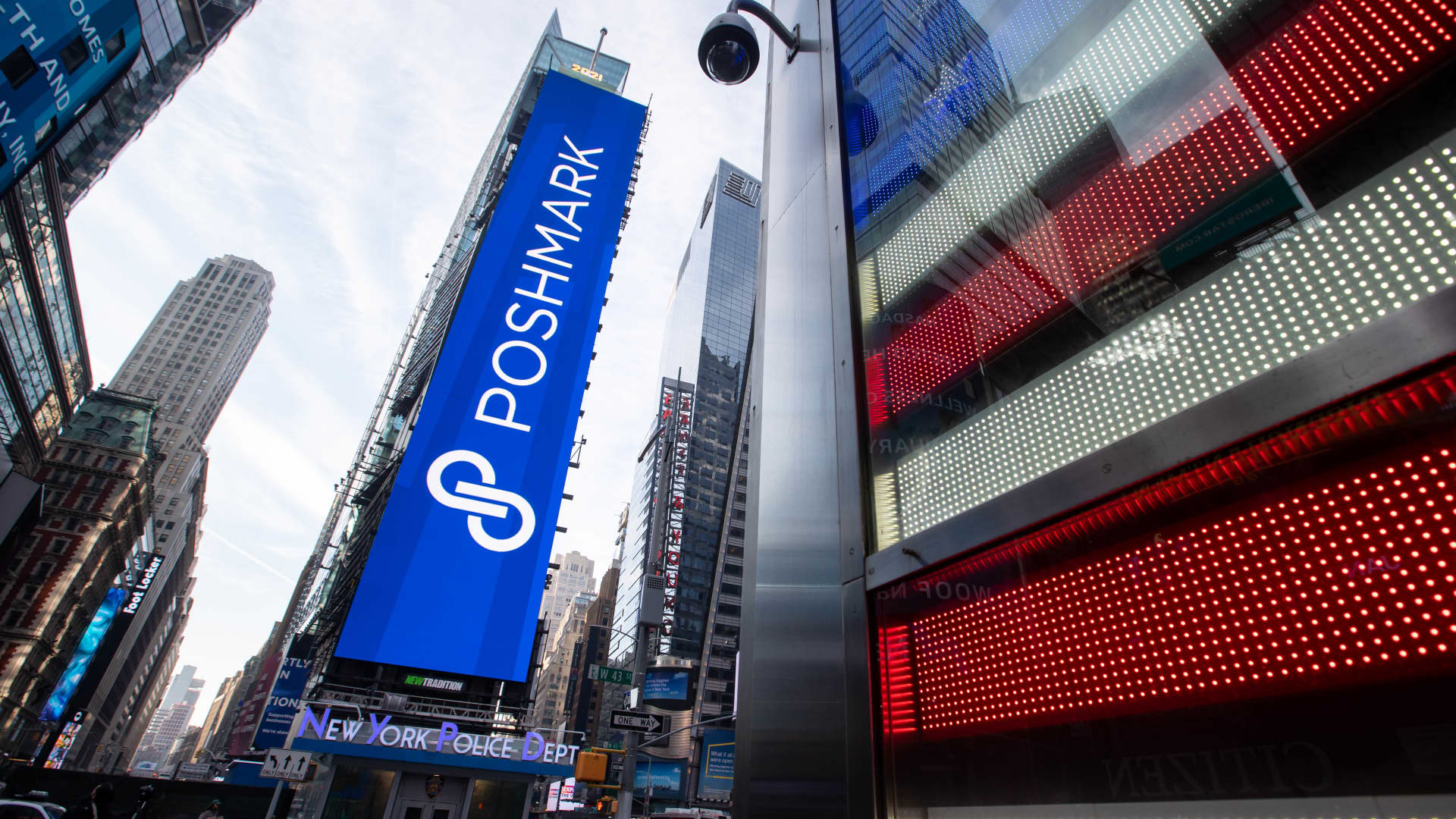Salesforce turns to ‘boomerangs,’ luring back former execs to help reignite growth


Ariel Kelman had been away from Salesforce for over a decade, when he received a direct message on Twitter from CEO Marc Benioff in early April. Benioff wanted to know if the marketing executive, who’d had leadership roles at Amazon Web Services and Oracle since leaving Salesforce, was ready to come back.
“I just thought it was good timing,” Kelman said in an interview at Salesforce’s Dreamforce conference in San Francisco last week. Kelman spent the few months prior running marketing at a startup called Fireblocks before rejoining Salesforce in June as chief marketing officer.
“This is a company that I had a great time at,” he said.
Miguel Milano, who led sales in major international markets for Salesforce for over a decade, also returned in June with the title of chief revenue officer. Milano was lured back by Salesforce operating chief Brian Millham, who spent some of his vacation in Madrid talking his former colleague into rejoining after three years at startup Celonis.
“It took a couple swipes,” Millham said at Dreamforce.
Kelman and Milano are among at least eight ex-Salesforce execs who have rejoined the gang in 2023, as the company approaches its 25th birthday. Benioff, who saw co-CEO Bret Taylor depart early this year after just a year sharing the top job, is turning to more of the old guard to help drive Salesforce through a challenging economy and an era of slowing growth.
Prior to the tech downdraft that started in 2022, Salesforce was feasting on large acquisitions, shelling out about $50 billion in total for MuleSoft, Tableau and Slack between 2018 and 2021.
Having placed those big bets to fuel sales growth and expansion into new markets, Salesforce is trying to make the most of what it has, refining its sales approach and becoming more reliant on its own products.
During Dreamforce, which drew over 40,000 people to its hometown, the company hosted an event for 50 former employees who were given designated seats at the show and custom swag, such as a stuffed animal wearing a yellow shirt with an illustration of a multicolored boomerang. Current executives were there to greet them, a spokesperson said.
On Salesforce’s Aug. 30 earnings call, Benioff said it’s been great to welcome back his former colleagues. Millham told CNBC that it’s easy to get them reacquainted.
“You don’t have to be there each and every day to ensure they’re doing the work,” he said. “One of the benefits of boomerangs is they hit the ground running.”
Their jobs won’t be easy. In January, Salesforce said it was slashing 10% of its workforce, or more than 7,000 jobs, as part of a restructuring plan. Benioff acknowledged that with revenue jumping during the pandemic, “we hired too many people leading into this economic downturn.”
Benioff had been under pressure to produce results, as the stock lost almost half its value last year. Activist investors piled into the stock starting in late 2022, demanding more robust growth and profit and a more thoughtful approach to dealmaking.
In March Benioff declared that Salesforce had disbanded its board committee on mergers and acquisitions.
Stock is up, but growth still slow
Then, between March and May, Bain conducted an operational review. Consultants provided data to help executives compare Salesforce with other companies. The analysis has resulted in more people reporting to each manager, fewer salespeople visiting a given customer and a more direct line between salespeople and Benioff, Millham said.
In the July quarter, Salesforce’s sales and marketing costs totaled $3.1 billion, a drop of 9%, the steepest shrinkage since the company’s IPO in 2004.
That’s one reason investors are back on board, lifting the stock 62% this year, double the gains for the Nasdaq.
Amy Weaver, Salesforce’s finance chief, said the company reached its goal of a 30% adjusted operating margin three quarters earlier than planned.
Revenue growth has yet to rebound, hovering around 11% the past two quarters. But it’s early days for the returnees.
Kelman, who came back in June, said one thing the company is doing to boost marketing performance is making use of its Data Cloud tool to quickly message sales reps in Slack anytime a client views a product page.
“We’re trying to grow all our metrics very aggressively,” he said.
At the same time, Salesforce is looking for ways to improve efficiency. The company will increasingly make its products available for prospective clients to use without involving salespeople, Millham said, an adjustment that will probably take years.
In an alternate reality, Millham could be one of the boomeranging executives. In 2021 he “received an exceptionally strong offer for a high-profile leadership position at a high growth company,” according to Salesforce’s proxy statement. Millham chose to stick around, and Salesforce rewarded him with a retention bonus worth millions of dollars on top of other compensation.
Last year, Millham was promoted to COO from chief customer success officer, putting him in charge of a majority of the company. He took on additional responsibilities after Taylor stepped down a few months later.
“When you grow up here — I’ve been here now 24 years — you have a certain commitment to the company,” Millham said. “I wanted to make sure I stayed here and will likely end my career here. No doubt about it.”
WATCH: Salesforce CEO Marc Benioff: When I talk to CEOs they are all Slack-first
This post has been syndicated from a third-party source. View the original article here.




